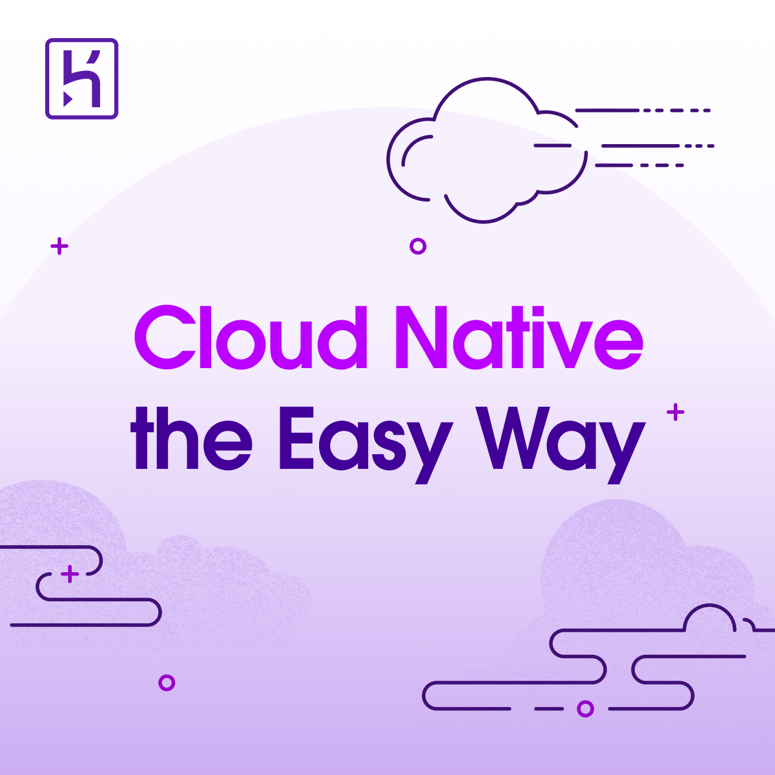Throughout this AWS series, we have explored various cloud services, architectures, security mechanisms, and cost optimization strategies. Now, it's time to consolidate our learning with a practical, hands-on project—deploying a scalable, production-ready full-stack application on AWS.
This project will cover everything from frontend and backend deployment to database management, CI/CD automation, security enhancements, and monitoring. By the end, you will have a fully functional application running on AWS, following best practices for scalability, security, and cost efficiency.
Project Overview
We will deploy a modern full-stack web application that consists of:
- Frontend: A React.js application for the user interface.
- Backend: A Node.js/Express API to handle business logic and data processing.
- Database: Amazon RDS (PostgreSQL/MySQL) or DynamoDB for structured/unstructured data storage.
- Authentication: Secure user authentication with Amazon Cognito.
- CI/CD Pipeline: Automated deployment with AWS CodePipeline, CodeBuild, and CodeDeploy.
- Security & Monitoring: AWS WAF, Shield, GuardDuty, CloudWatch, and CloudTrail for protection and observability.
Solution Architecture & AWS Services Used
Below is the high-level AWS architecture diagram for our application:
Hosting the Frontend (React.js)
- Use Amazon S3 to store and serve static frontend assets.
- Configure Amazon CloudFront as a Content Delivery Network (CDN) for global performance optimization.
- Manage custom domain configurations with Amazon Route 53.
Deploying the Backend API (Node.js/Express)
- Deploy backend logic using AWS Lambda (serverless) or Amazon EC2 (for more control).
- Use AWS API Gateway to expose RESTful APIs and handle request routing.
- Secure API calls with IAM policies and API Gateway Authorizers.
Database & Storage
- Store structured data in Amazon RDS (PostgreSQL or MySQL).
- Use Amazon DynamoDB for NoSQL use cases (e.g., caching, session storage).
- Store application assets and logs in Amazon S3.
Authentication & Authorization
- Implement user authentication with Amazon Cognito (OAuth2, JWT-based).
- Enforce role-based access control using IAM roles and permissions.
CI/CD Pipeline for Continuous Deployment
- Automate code deployments using AWS CodePipeline.
- Use AWS CodeBuild for building and testing application components.
- Deploy updates seamlessly with AWS CodeDeploy.
Security & Monitoring
- Protect web traffic with AWS Web Application Firewall (WAF).
- Use AWS Shield for DDoS attack protection.
- Enable AWS GuardDuty for continuous threat detection.
- Monitor logs and performance using Amazon CloudWatch and CloudTrail.
Step-by-Step Deployment Guide
Step 1: Set Up the AWS Environment
- Create an AWS account and configure IAM roles with limited access permissions.
- Set up an S3 bucket and enable static website hosting for frontend deployment.
- Use CloudFront to cache and distribute static content globally.
- Configure Route 53 to link a domain name to CloudFront.
Step 2: Deploy the Backend API
- Create an EC2 instance or a serverless Lambda function to host the backend.
- Set up an AWS API Gateway to manage API requests efficiently.
- Connect the API to Amazon RDS (PostgreSQL or MySQL) for structured data storage.
- Use IAM roles to grant secure database access.
Step 3: Implement Authentication
- Set up Amazon Cognito user pools and integrate them into the application.
- Configure OAuth2 authorization and JWT-based access tokens.
- Secure API endpoints by validating Cognito authentication tokens.
Step 4: Automate CI/CD for Deployment
- Push code to GitHub or AWS CodeCommit.
- Create a CodePipeline pipeline to automate builds and deployments.
- Use CodeBuild for compiling and running unit tests.
- Deploy backend updates using CodeDeploy to EC2 or Lambda.
Step 5: Secure the Application
- Apply AWS WAF rules to filter malicious traffic.
- Use AWS Shield Advanced for DDoS mitigation.
- Enable AWS GuardDuty for real-time security monitoring.
- Encrypt data at rest using AWS KMS.
Step 6: Monitor & Optimize
- Set up CloudWatch metrics to track API and database performance.
- Use CloudTrail to log all API activity for auditing.
- Enable AWS Cost Explorer to optimize infrastructure costs.
- Configure auto-scaling for EC2 instances or Lambda functions.
Key Takeaways from the Project
- Full-Stack Deployment: Successfully hosted a React frontend and Node.js backend using AWS services.
- Security & Authentication: Integrated Amazon Cognito, IAM roles, WAF, Shield, and GuardDuty for security.
- CI/CD Automation: Set up CodePipeline, CodeBuild, and CodeDeploy for seamless deployments.
- Monitoring & Cost Optimization: Used CloudWatch, CloudTrail, and AWS Cost Explorer for visibility and cost control.
Conclusion: Wrapping Up the AWS Series
This hands-on project marked the final step in our AWS series, where we built a scalable, secure, and cost-optimized cloud application using AWS best practices.
Throughout this series, we explored:
- Cloud Computing & Serverless Architectures
- Security & Compliance with AWS WAF, Shield, and GuardDuty
- Monitoring & Logging with CloudWatch and CloudTrail
- Cost Optimization Strategies
- Infrastructure as Code and CI/CD Pipelines
- Hands-On Deployment of a Full-Stack Application
AWS is a constantly evolving ecosystem, and mastering it requires continuous learning, experimentation, and real-world implementation. Whether you are a developer, DevOps engineer, or cloud architect, understanding how to utilize AWS services will enable you to build highly scalable and resilient cloud applications.
But this is not the end—just the beginning!
I will soon be back with a new series, covering emerging cloud technologies, DevOps strategies, AI/ML in the cloud, and more. Stay tuned for our next journey into cutting-edge cloud innovations!






Top comments (0)